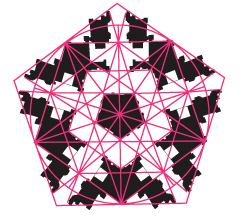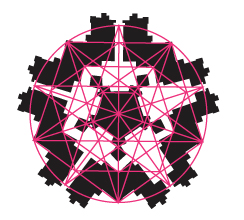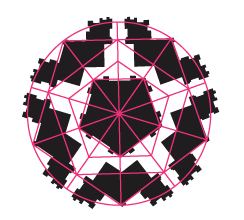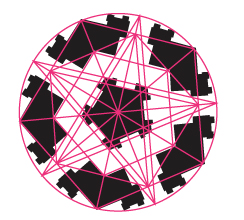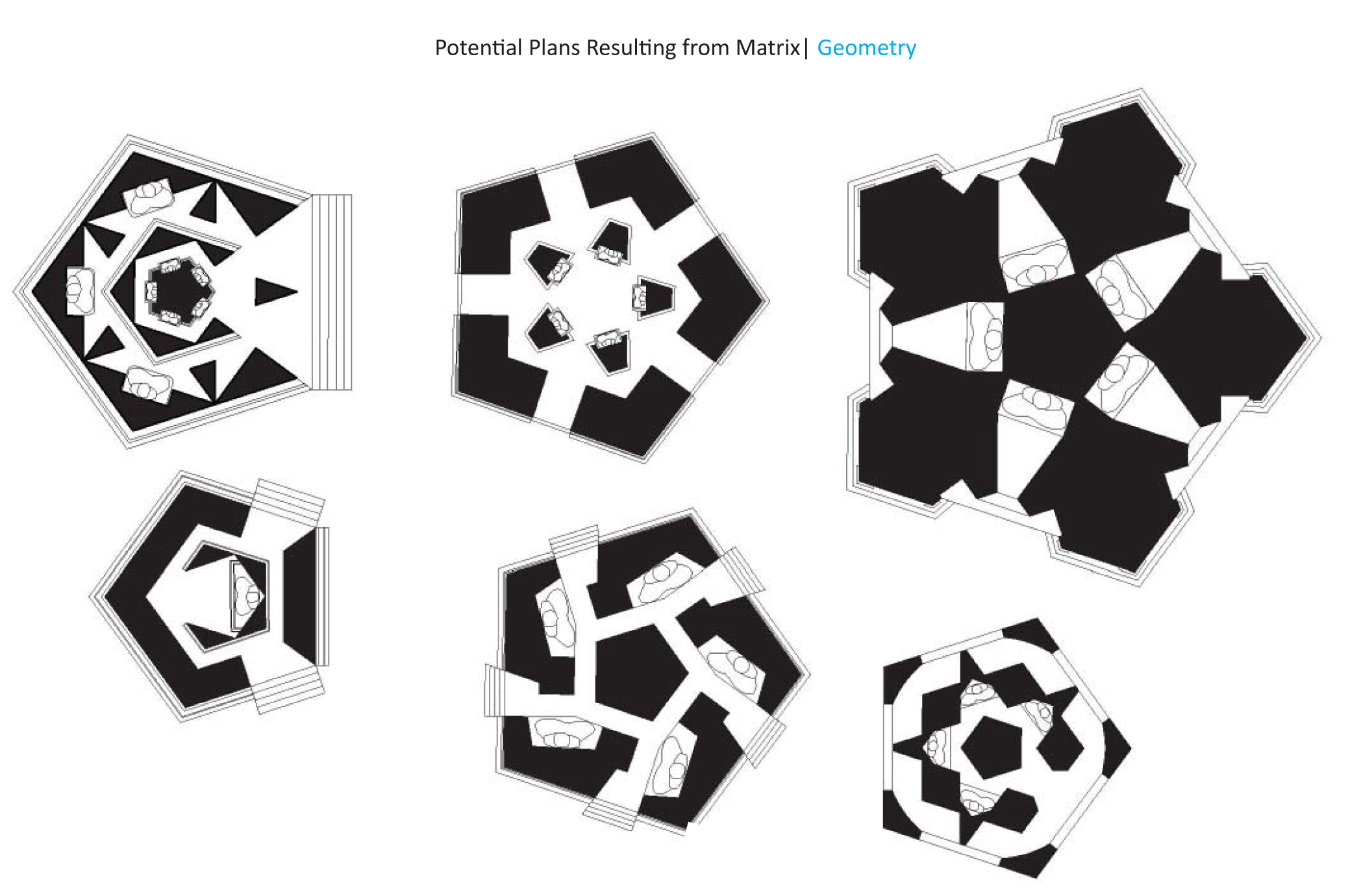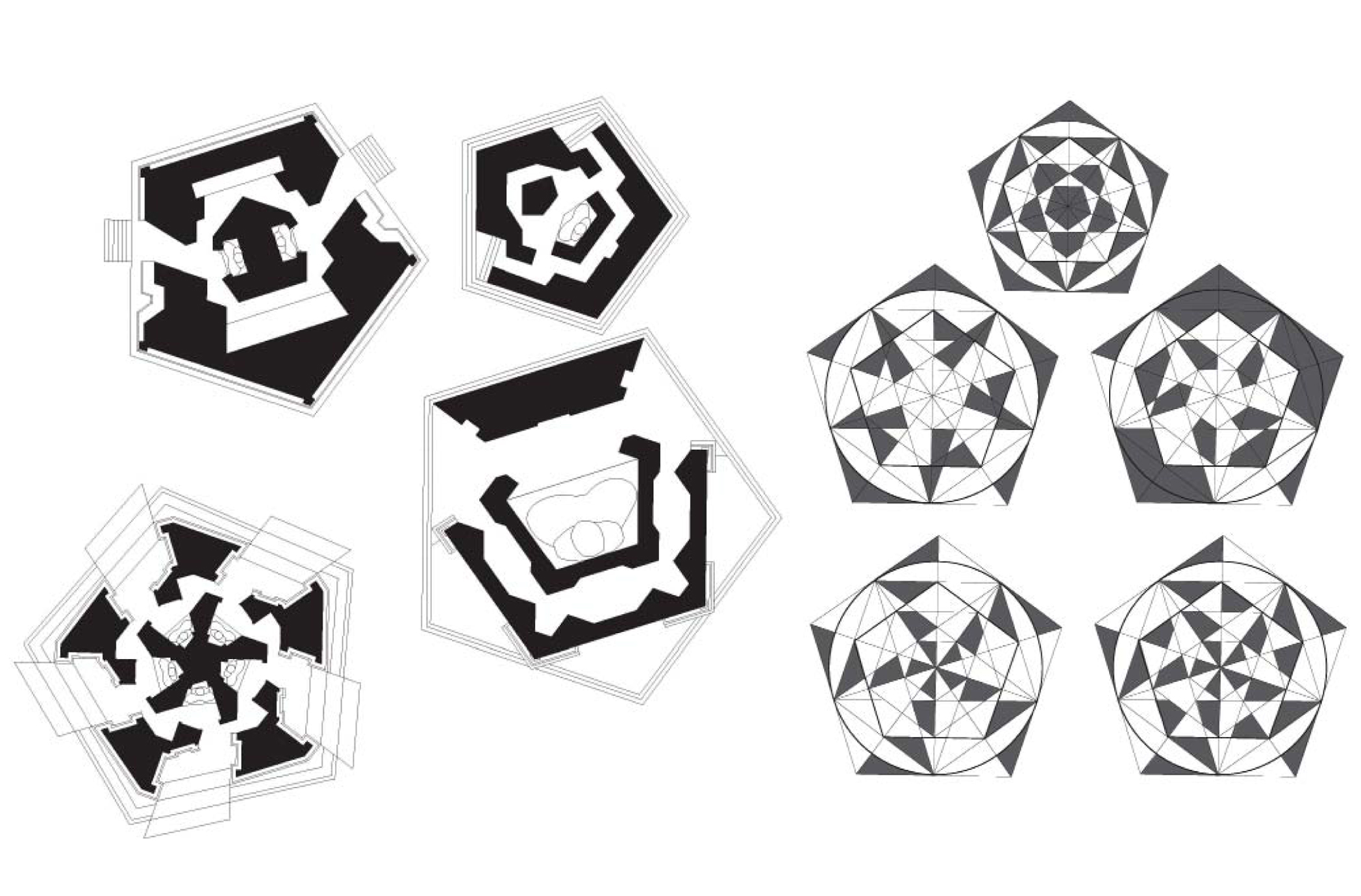Site: Pagan | 1300AD
“Any scientific description is…the fruit of past constructions, and –so we hope- the source of present and future constructions designed to enrich the former, or to replace them.”
- Jean-Claude Gardin
The discipline of archaeology is the first lens used not only because it is systematic method of studying the past, but is a discipline that actively explores the past through its relationship to the present. The lens through which archaeology affords one to look at the past is highly structured and ordered; yet it is through these specific restrictions and constructions that a detailed analysis of the ways archaeology forms our memories and impressions about the past becomes apparent.
There are two main parameters that immediately became apparent to me within the discourse of archaeology: the grid and epistemological framework. Starting with the main theoretical underpinning of archaeology is that concept that through a series of sequenced operations one aims to produce what Jean-Claude Gardin terms “truly distinctive data”. This framework is traditionally divided into intrinsic and extrinsic features, and can be subdivided even more to include within intrinsic features: Physics (material properties), Geometry (shape), and Semiotics (ornamentation) and within extrinsic features: Time (chronology), Location (spatial or geographical), and Function (physical, social, or symbolic). Each of these subdivisions are used as distinct categories to not only give hierarchy to the various types of information gathered on a particular object, but to also allow archaeologists to make reasonable assumptions about unknown data from various known facts about an object. An example of this could be if time and semiotics are known about an object a reasonable assumption about location could be deduced. Conversely, knowing the semiotics and location could lead you to assumptions about time; what is relevant is which framework is prioritized first and leads to the next. One can see how it is possible to have multiple routes that map the different ways of prioritizing information about the same object all depending on framework hierarchy. By then projecting the various frameworks on to the 3 dimensional-grid, a physical diagram can be made that traces the various routes made for one object describing all of the potential hierarchical choices.
The XY grid is already commonly used within archaeology during excavations in 5m by 5m squares to facilitate plan making, but most importantly the x and y dimensions allow the spatial cataloging of objects in relationship to one another. Once these two facets of the discipline had been recognized I decided to apply them towards our own profession, by applying them to a serious of tests that I break into two categories: Explorations and Speculations.
Explorations aim to work within the existing material framework of the onsite kiln baked bricks used to build the original Pagan gu temples and stupas. The explorations take the limitations of the bricks and push them to their limitations creating a series of temples and stupas that could have possibly been created at the time.
Speculations aim to leave behind the restrictions of the brick tectonics and imagine the framework applied to new materials that lead up to the modern era.
Both studies start with the XY grid and the analysis of the approximately 2,500 remaining Pagan Buddhist gu temples and stupas on the plan level through understanding the geometry behind the creation of pentagonal masonry architecture. The methodical process through which pentagonal architecture was designed lead to the creation of a matrix that could generate new possible plan types by simply re-matching various steps in the pentagonal geometry creation process. This generated a whole array of new plan possibilities; however this purely geometrical study need to be coupled with other limitations so as to create specific restrictions in regards to the possible formal manifestations that could be used from the matrix.
Gallery of original Pagan plans with corresponding geometry
The limitations of the brick medium was added in stages through various studies such as the angle studies that looked at the acute and obtuse angles used in the original temples and stupas as well as the symmetrical studies that looked at the implementation of symmetry from each pentagonal point. Other, non-material driven studies were also used, to create limitations. The traditional Buddha Coupling diagram shows that temples and stupas only have built niches for specific numbers of Buddhas to reside in each monument. Lastly, the due to the need for form and function to co-exist in each of these temples and ratio of poche to circulation to Buddha niche area was determined. All of these studies are used in order to cull the original plan matrix to a usable amount of potential plans, while creating a framework that could be applied to the creation of new temples and stupas.
Gallery of New Potential Plans Resulting from Matrix use




